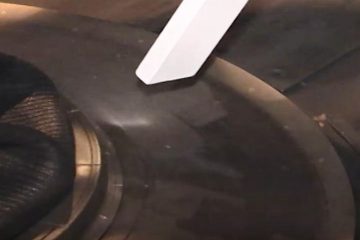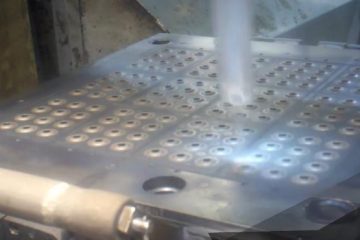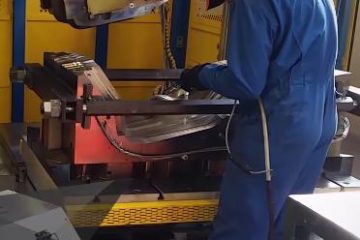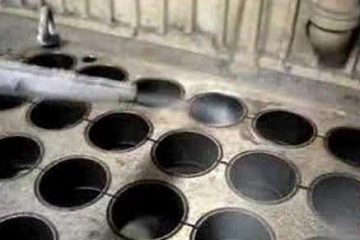Rubber Industries
A major problem faced by rubber molders is mold fouling. Build-up of cured material and mold release agents causes molds that stick, blemishes and unwanted flash on final parts, making them unusable and requiring line shutdown for cleaning. Traditional cleaning methods such as manual scraping or glass bead blasting can be time consuming, ineffective, damaging to molds and result in high labor and material costs.
Dry ice cleaning allows for in-place cleaning – without major disassembly or cool down. And because dry ice cleaning systems use non-abrasive media in the form of recycled CO2, it won’t damage the molds. With Cold Jet dry ice cleaning, rubber molders can extend their running times and enhance their productivity.
In addition, excessive buildup of release agent in the cavities can cause high releasant transfer to the parts, resulting in surface gloss level deficiencies like glazing, etc. As much as the release agent can benefit the rubber molding process, an excess of it in the cavities can be detrimental to the process.
Another problem area, especially in injection and injection transfer molds, is the clogging of sprues, runners, gates, and vents with fouling residue, overbuild-up mold release residue, and semi-cured rubber. Clogged vents can cause non-fills and other serious part defects.
Finally, the overbuild-up of mold release agent residue or adhesive residue used in rubber-to-metal bonded parts can cause defects like knit lines and surface gloss loss, or even cause the parts to stick in the mold and tear upon removal.
Proven Rubber Applications for Dry Ice Blasting Include:
- Injection Molding
- Compression Molding
- Blow Molding
- Metal Bonded Mold
- Lift Press
- Tilt-back Press
- Liquid Silicone Rubber




